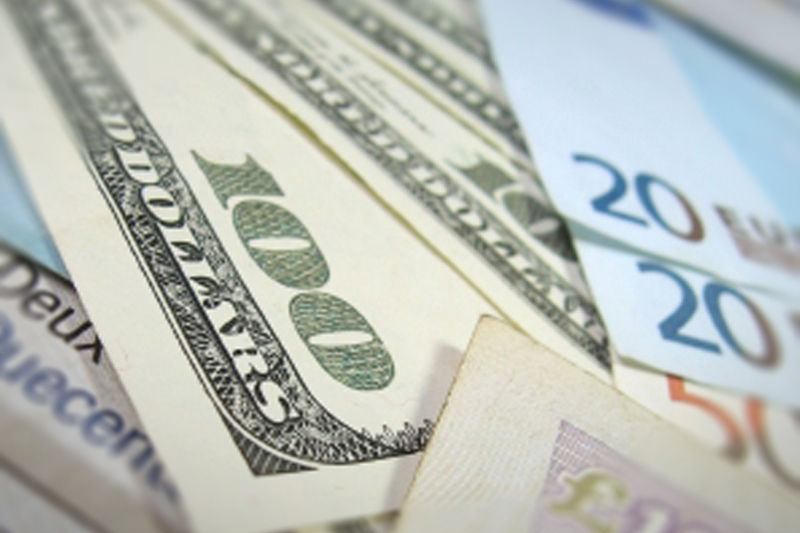Investing.com -- EUR/USD remained relatively flat on Tuesday, as investors showed hesitancy to make any major moves ahead of Wednesday's monthly report on inflation throughout the euro zone.
The currency pair wavered between a low of 1.1195 and a high of 1.1281, before settling at 1.1250, up 0.0005 or 0.04% on the session. The euro has now closed over 1.12 against the dollar over each of the last three sessions and four of the last five. Over the last month of trading, the euro is up modestly against the dollar by less than 1%.
EUR/USD likely gained support at 1.1086, the low from September 3 and was met with resistance at 1.1442, the high from Sept. 17.
Currency traders await the release of critical inflation data from the euro zone on Wednesday for further indications on the strength of the global economy. Analysts expect to see a 0.1% gain for the month, following a 0.1% increase in August.
In the meantime, investors continue to digest strong indications from the Federal Open Market Committee that it will likely raise its benchmark Federal Funds Rate at either its October or December meeting. On Monday, New York Fed president William Dudley told the Wall Street Journal that the Fed is on track to hike rates before the end of the year and that it could reach its targeted goal for inflation at some point in 2016.
It followed hawkish comments from Fed chair Janet Yellen last week on the acceleration of inflationary pressures, as the labor markets return to full employment. In an appearance at the University of Massachusetts at Amherst, Yellen noted that the inflation shortfall is likely to be transitory, as one-off factors such as lower energy prices and weaker imports due to a stronger dollar evaporate.
Long-term inflation has remained under the Fed under the Fed's targeted goal of 2% for every month over the last three years. An interest rate hike is viewed as bearish for gold, which struggles to compete with high-yield bearing assets.
Economists will keep a close eye on Friday's September national employment report for further signals on the decline of slack in the labor markets. They will receive a harbinger of sorts on Wednesday when the ADP Research Institute releases its September National Employment Report. Analysts expect the report to show that the private sector added 190,000 nonfarm jobs during the month, following a similar gain of 190,000 in August.
Yields on the U.S. 10-Year fell more than four basis points on Tuesday to an intraday low of 2.049, its lowest level for the month of September.
U.S. Dollar Index, which measures the strength of the greenback versus a basket of six other major currencies, fell more than 0.2% to 95.83, before closing at 96.07. Last week, the index surged above 96.85 to reach its highest level in September.
